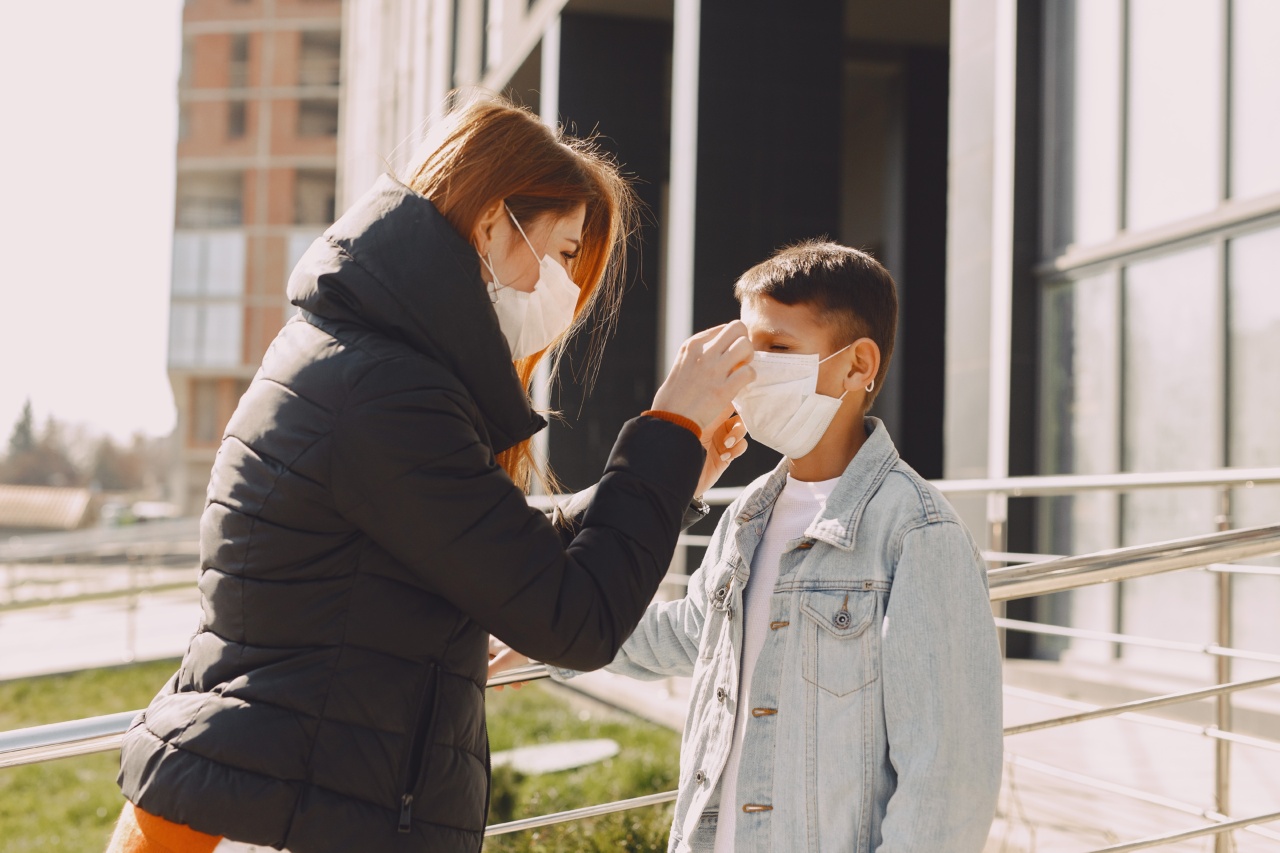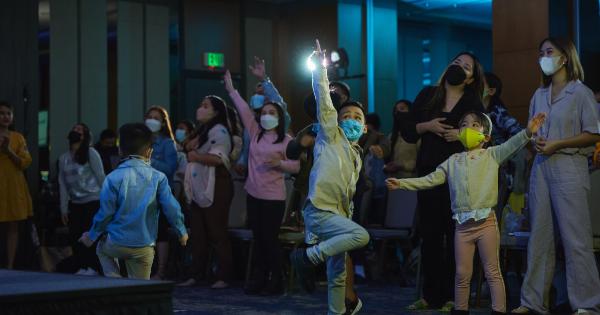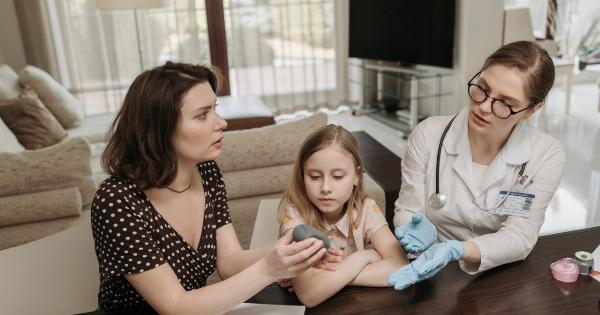The coronavirus pandemic has affected the entire world since its outbreak at the start of the year 2020.
Globally, countries have responded to the pandemic in various ways, including imposing lockdowns, social distancing measures, curfews, and travel restrictions. The outbreak of the pandemic has caused significant socioeconomic and psychological impacts on people, particularly adults and children.
However, with responses such as increased testing and contact tracing, population-level surveillance, and vaccine development, there is now a more modern approach to dealing with the pandemic that threatens adults and children.
Increased Testing
The primary way to deal with the pandemic is through increased testing. Testing is crucial in controlling the spread of the virus. The modern approach entails mass testing of people, regardless of whether they have symptoms or not.
Covid-19 testing has been made increasingly available, and individuals can find local testing sites. The most common test for Covid 19 is the RT-PCR test, which detects the virus’s genetic material within the patient’s body. Other tests include antigen testing and antibody testing.
Mass testing has been intensified in workplaces, schools, and other public places. This enables a quicker response to positive cases and minimizes the spread of the virus.
Population-Level Surveillance
Population-level surveillance involves monitoring the pandemic’s progress by tracking the number of positive cases and deaths in a particular area.
The modern approach to dealing with the pandemic involves real-time epidemiological surveillance that enables healthcare professionals to detect outbreaks before they become widespread. Population-level surveillance uses different approaches, such as syndromic surveillance, sentinel surveillance, and event-based surveillance. This helps in mapping the pandemic’s extent and enabling informed decisions about interventions.
The data collected from population-level surveillance can also inform public health planning and disease control strategies.
Isolation and Quarantine
Isolation and quarantine are crucial strategies in controlling the spread of the pandemic. The modern approach to isolation and quarantine is characterized by using technology to locate positive cases and their contacts.
The strategy aims to identify and isolate cases quickly, thereby preventing further transmission of the virus. Digital apps, such as contact tracing apps, have been introduced to help monitor the transmission levels of the virus in a particular geographical area. The apps have been developed both by private companies and governments.
They help in notifying individuals who may have been in contact with a positive case, enabling them to take appropriate control measures.
Vaccine Development
The most effective approach to controlling the pandemic is through vaccination. The modern approach to vaccine development involves utilizing the latest technology in developing vaccines.
The development of vaccines has been expedited due to the pandemic’s urgency, and there are now several vaccines developed and approved across the globe. The vaccines are currently being rolled out globally, with priority being given to frontline workers and vulnerable individuals.
The vaccines have been developed to target particular glycoproteins on the virus, neutralizing its effects on the human body. Additionally, the vaccine development has been informed by the genetic sequencing of the virus, which has helped in identifying the most effective targets for the vaccine. Vaccination is the ultimate road to recovery.
Remote Learning and Virtual Communication
The pandemic has significantly impacted the education system globally. Educational institutions, from primary schools to universities, have been forced to adjust to remote learning or virtual classes to ensure continuity of the curriculum.
The modern approach to remote learning is characterized by the use of technology, such as video conferencing, remote access applications, and virtual reality applications, among others. The approach aims to provide students with the opportunity to interact with their teachers and classmates while at home.
Additionally, virtual communication and remote access technology have enabled businesses to continue their operations even under lockdowns and travel restrictions.
Increased Mental Health Support
The pandemic has posed significant psychological challenges to people, particularly adults and children. The modern approach to dealing with the pandemic involves the provision of increased mental health support.
The mental health support ranges from free counseling sessions to helplines that provide psychological first aid. Additionally, specialized psychological interventions, such as virtual therapy sessions, have been introduced to address specific psychological issues caused by the pandemic.
The approach ensures that individuals can access mental health support from the comfort of their homes.
Information Dissemination
The modern approach to handling the pandemic entails disseminating information about the virus to the general public. This enables people to understand how the virus spreads, its symptoms, preventive measures, and treatment options.
Governments and healthcare professionals have used different platforms, such as social media, television, and radio, to disseminate information to the public. The approach aims to create public awareness and foster informed decision-making among populations.
Global Collaboration
The pandemic has shown that dealing with a global emergency requires global collaboration and assistance. The modern approach to containing the virus involves international collaboration.
Countries have been working together to develop vaccines, share best practices, and provide emergency healthcare support. Additionally, the pandemic has shown that countries must work together to address global issues that affect the entire world, such as the climate crisis and emerging pandemics.
Conclusion
The pandemic continues to pose significant threats to adults and children globally.
However, the modern approach to dealing with the pandemic through increased testing, population-level surveillance, isolation, and quarantine, vaccination, remote learning, increased mental health support, information dissemination, and global collaboration has been significant in containing the virus’s spread. As the world moves towards recovery, it is crucial that the modern approach continues to be implemented to prevent future outbreaks of the virus and other pandemics that may emerge in the future.






























